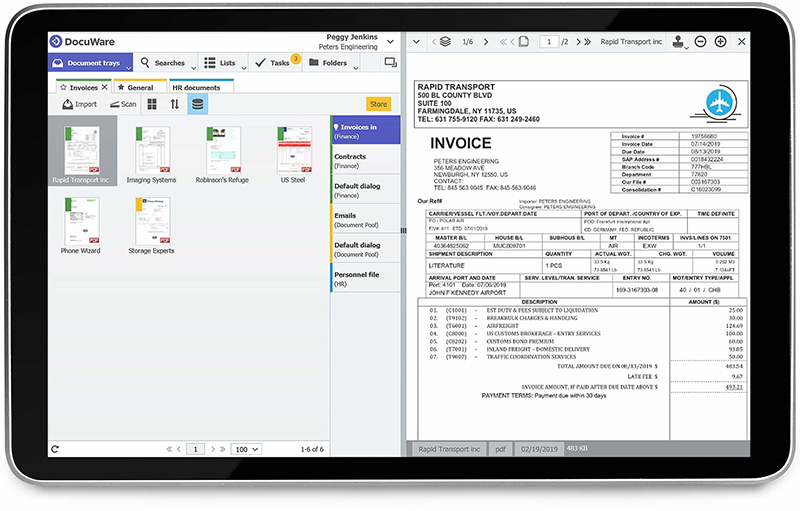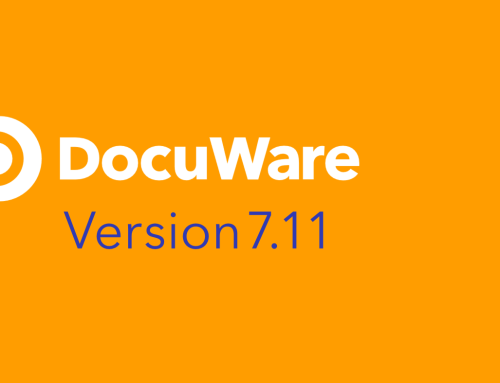In today’s fast-paced digital landscape, the shift from paper-based to electronic document management systems (EDMS) has become more than just a trend; it’s a necessary evolution for businesses aiming for efficiency and sustainability. While the transition might seem daunting at first, the benefits are too significant to ignore. Here are the top five advantages of implementing an electronic document management system in your organization, laid out in a manner as if we’re having a casual conversation over coffee.
1. Streamlined Access and Retrieval
Imagine you’re in a hurry to find a specific document among a mountain of files. In a traditional setup, this would mean physically searching through filing cabinets, a task both time-consuming and frustrating. Now, picture this: with an EDMS, you’re a few clicks away from locating the document you need. These systems use indexing and search capabilities that allow you to retrieve files efficiently, using keywords, tags, or even content within the documents. This immediate access revolutionizes how information flows within an organization, making processes faster and reducing downtime.
2. Enhanced Security and Compliance
Security isn’t just about locking a filing cabinet anymore. In an era where data breaches can cripple an organization, an EDMS provides robust security features that protect sensitive information from unauthorized access. User authentication, access controls, and encryption ensure that only authorized personnel can access specific documents. Moreover, compliance with regulatory requirements becomes manageable with features that automate retention schedules and ensure proper records management practices. Peace of mind comes from knowing your data is not only secure but also compliant.
3. Reduced Costs and Environmental Impact
The cost savings from switching to an electronic system are twofold. First, you reduce the need for physical storage space, freeing up office areas or eliminating the cost of off-site storage facilities. Second, the reduction in paper usage contributes to significant savings on printing and supplies over time. Beyond the financial aspect, reducing paper consumption aligns with eco-friendly practices, helping your company contribute to environmental sustainability. It’s a win-win situation for both your bottom line and the planet.
4. Improved Collaboration and Sharing
Collaboration is the backbone of innovation and growth. An EDMS facilitates real-time sharing and editing of documents among team members, regardless of their location. Whether you’re working from home, in the office, or halfway across the world, everyone can access the most up-to-date version of a document. This seamless collaboration eliminates the confusion of multiple document versions and streamlines project workflows, fostering a more dynamic and efficient work environment.
5. Disaster Recovery and Business Continuity
Last but certainly not least, an electronic document management system is crucial for disaster recovery and business continuity planning. Natural disasters, fires, or even simple accidents can destroy physical documents, potentially leading to irreversible loss. However, with documents securely stored in the cloud or on secure servers, an EDMS ensures that your business can recover quickly from any disaster. Backup and recovery processes become streamlined, ensuring that your business operations can continue with minimal interruption.
In conclusion, the transition to an electronic document management system offers transformative benefits for businesses of all sizes. From improved efficiency and security to cost savings and environmental sustainability, the advantages are clear. As we move further into the digital age, adopting an EDMS is not just a strategic move—it’s an essential step toward future-proofing your organization. Let’s embrace the change and unlock the full potential of our businesses together.








